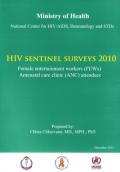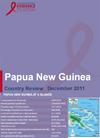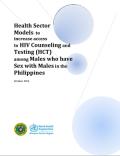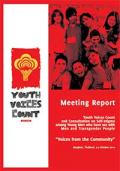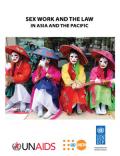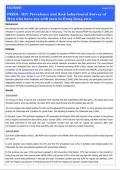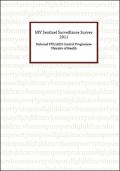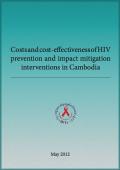Publications on Key Populations
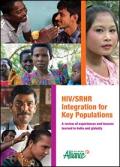
Resource | Publications,
The report outlines definitions and benefits of HIV/SRHR integration for key populations and presents some general lessons learned about good practice. It then addresses each of the selected key populations – describing issues to consider within integrated HIV/SRHR support, sharing key strategies and providing examples of integration in action.






